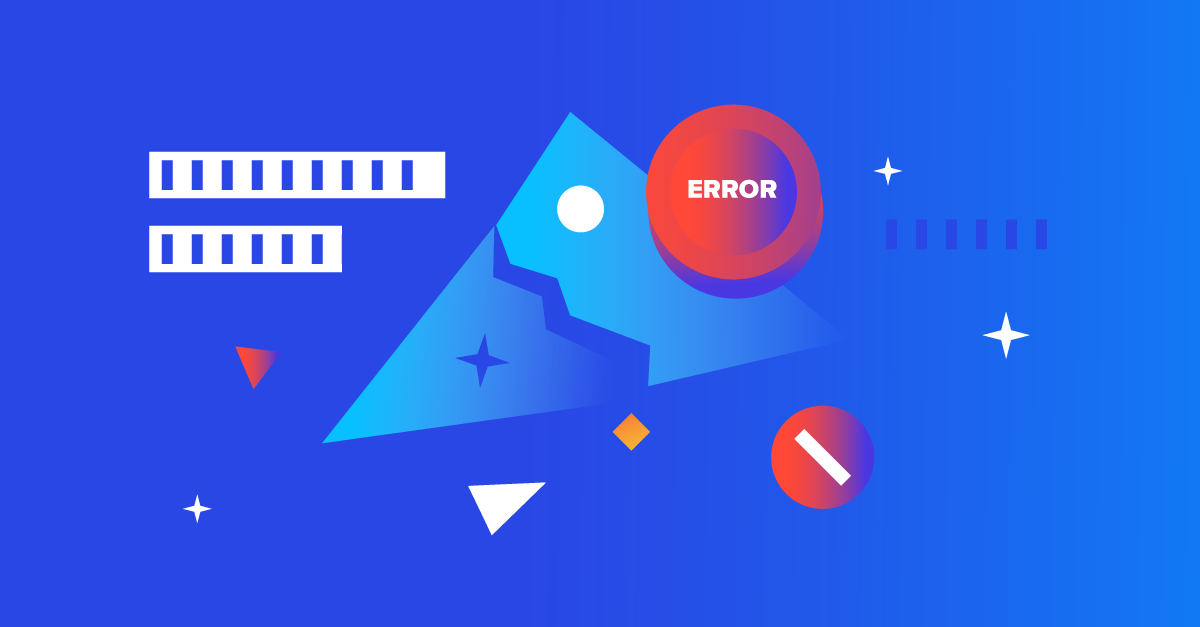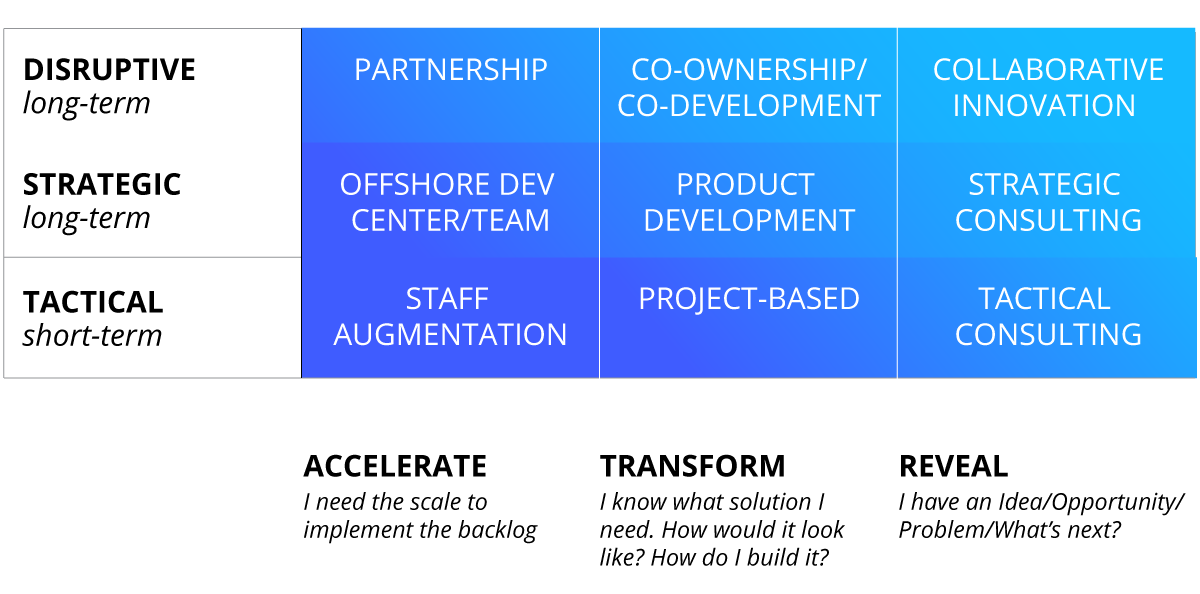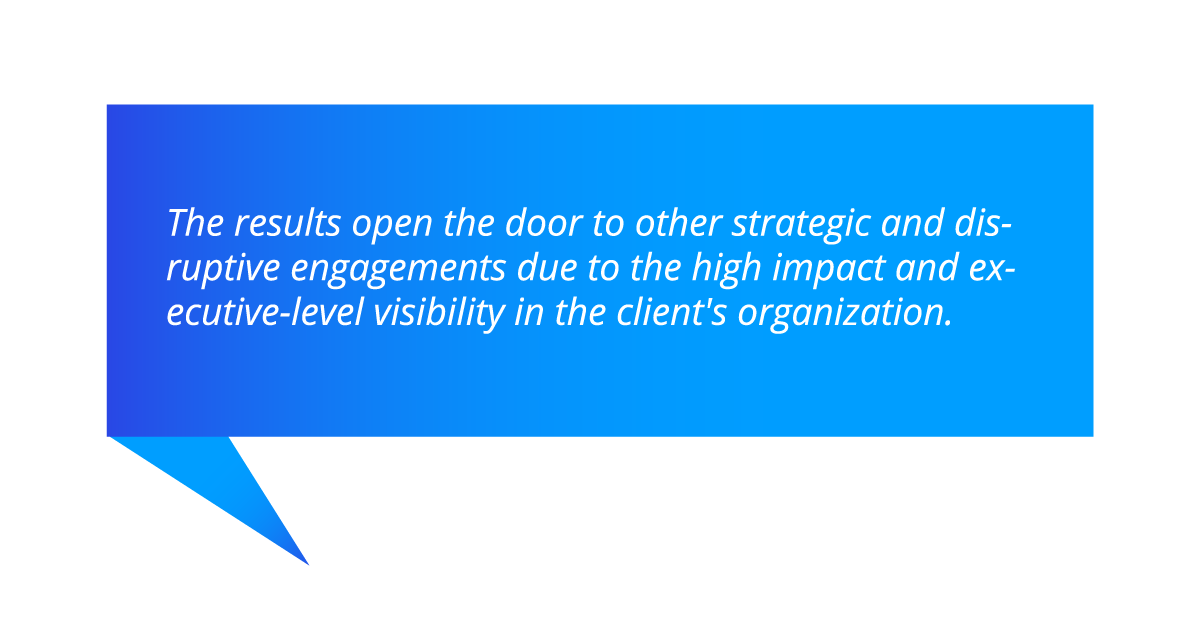2020 was tough for many businesses. In May, Hertz, a former leader in car rental, filed for bankruptcy protection, becoming yet another casualty of the global economic crisis. Hertz was on the news in 2019, for reasons other than falling demand for travel and other devastating effects of COVID-19.
Exactly one year before filing for bankruptcy, Hertz filed a lawsuit against a global management and IT consultancy firm, for failing to deliver on its promises to design, build, test, and deploy Hertz's new website and apps. Hertz claimed back $32M, plus damages to fix the state of the Hertz website. While still pending, the lawsuit case is apparent—the development team may not have developed the critical solution features (responsive design and common core.) The code was possibly vulnerable, and the group itself seemed inexperienced. The budget was overused, and delivery failed as the logical outcome, according to the lawsuit. However, these are symptoms and not the diagnosis of the core issue in this cautionary tale.

The root cause may lie in a significant disconnect between the client's expectations, the vendor's perception, and contract language. Hertz expected partner product development leadership, while the firm most likely acted only as a development team provider, although technically in line with their time and materials contract.
To address and prevent such disconnect, companies must look to a more comprehensive engagement model framework for greater ROI.
A better engagement model
The definition of the "engagement model" centers on the Client Enterprise Digital Journey. After all, a successful partnership is not what the provider has to sell but based on the priorities and expectations which the client has. These expectations change as the clients move from (re)identifying their market position using digital possibilities (REVEAL) to defining the most effective route to the endpoint of the transformation (TRANSFORM) and scaling to deliver the results faster (ACCELERATE).


The second dimension for selecting the effective engagement model is the level of partnership between two organizations, its duration and focus area. As describe by Networkworld, tactical and strategic engagement models are commonplace, but volatility and ambiguity of the present times call for upgrading the traditional engagement models to the disruptive level. Learn more about current trends by reading the SoftServe whitepaper: Overcoming the Perfect Engineering Storm: Software Development Team Trends.
Disrupt typical models
Tactical engagements are usually short-term and focused on the technological impact of involving the third party. These engagements may include:
- Staff Augmentation: An engagement model which allows extending the existing in-house team with additional skills to accelerate some workflows. It usually means that project management and technology guidance remain on the client's side. At the same time, routine development or testing augments offshore or near-shore resources provided by the outsourcing vendor (as one example.) The typical client's business driver may simply be cost reduction. This model becomes effective only if the client organization dedicates enough time for on-boarding and further supervision of the augmented team member(s).
- Project-based engagement is a time-bound engagement model that is the most efficient in situations where the client's organization is looking to deliver a complete solution with mostly fixed scope and is ready to provide all the requirements. An example of such engagement can be "lift-and-shift" cloud migration projects. However, if these projects are part of the transformational program, and not a transactional effort, the client organization should consider switching to the strategic engagement model. Having visibility into eventual goals of the transformation will allow the partner team to make decisions with a longer-term impact.
- The Tactical Consulting model is a more generic term for several focused value-add services intended for the client seeking to address a technology expertise gap and revealing the potential of some technology choices. In this model, the client provides the direction for the assessment or consulting and receives practical recommendations or a second expert opinion on the topics, not readily available in-house. Examples of such engagements can be an Application Security Assessment, a technical feasibility study, etc.
Tactical Engagement models may work fine in the short term but are quite limiting in terms of value and long-term ROI. The benefits of collaboration grow exponentially once the client team starts sharing the business context behind the technical drivers.

Strategic engagements are long-term and more innovative relationships between the client and the outsourcing vendor organizations. The focus is on driving business impact for the client, and not just delivering the quality results.
- Offshore Development Center / Team is a flexible engagement model that greatly accelerates clients' development capacity. By providing visibility into their long-term business roadmap, the clients can rely on the partner to scale and accommodate a wide variety of projects and activities such as new product development, legacy modernization and maintenance, testing services, and other long-term activities.
- Product Development Services is a transformational engagement model in which the partner team takes over a full cycle of the product development lifecycle – from user research and product roadmap management to production release and further support. This model is best suited for new product development and maintenance and eventual sunset of the legacy product if the partner is responsible for the whole product/portfolio roadmap. Understanding the business drivers, support by the client stakeholders, and substantial product development expertise in the partner organization backed up by the user-centric methodologies and technical excellence are the critical success criteria for such types of engagements.
- A strategic advisory is a value-driven consulting engagement model aimed to improve user experience, business operations, and the technological landscape of the client's organization. Here the partner organization steps up to guide the client in revealing potential opportunities for the digital transformation.

Create competitive advantage
Disruptive engagement models cover the scenarios of collaboration that cannot be governed by typical "T&M,” "fixed bids," or "dedicated team" contract models. The effect of the cooperation between organizations here creates a competitive advantage for both organizations and may go far to impact the industry.
- Organizations can form a partnership arrangement to advance and accelerate the achievement of mutual interests. Examples include leveraging on partner's resources (professional services) or clientele, bidding on a large project, gaining access to the new markets, and so on.
- Organizations can also reach an agreement to invest and co-develop a brand-new product or a transformational offering with the further co-ownership of intellectual property (IP), commercial rights, and obligations.
- The disruptive engagement model of the collaborative innovation model can take many forms, including cooperating with universities, communities, start-ups, enterprises, or technology providers to pursuit mutually exciting and beneficial research or development.
- For example, in 2018, SoftServe started a collaboration with the TennSMART Innovation Center, a virtual center of collective resources to address pressing problems facing the transportation and the ecosystem emerging from digital mobilization. As a result of this collaboration, the SoftServe IoT team developed an Intelligent Mobility Platform POC to simplify transport systems by relaying helpful, real-time information back to users. This increase in productivity and time efficiency is a crucial differentiator for any business involved in or relying on transportation.

In conclusion
Collaboration between organizations typically fails from the disconnect between expectations and perceptions. An early diagnostics and regular evaluation of the journey stage further to refine the engagement models will help the clients and providers to synchronize their perceptive and actual roles in the engagement and receive the most value out of the collaboration. If the companies want to remain competitive in today's increasingly digital world, they should go beyond the typical engagement models and explore the disruptive level to form business alliances with their trusted partners.
With over 2,000 successful projects completed, SoftServe has been the trusted product development and design partner to many of the most innovative and respected companies worldwide. To learn how our team of innovators, certified ethical hackers, and data security experts empower clients to transform their business, review our Software Development offers.


